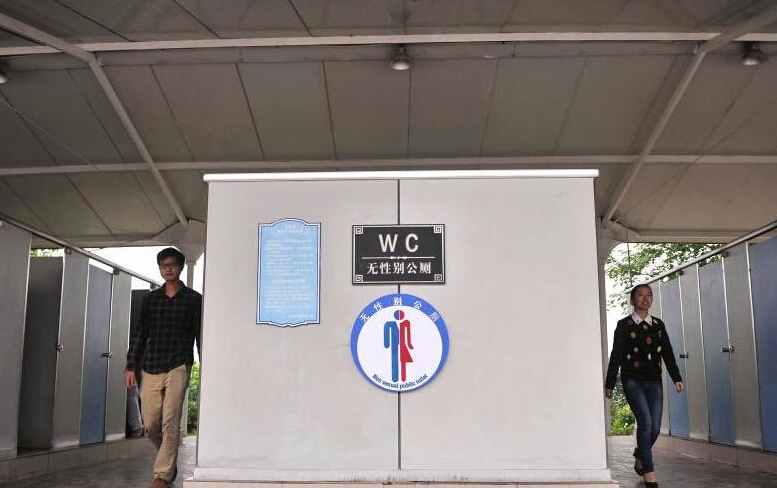Man ‘confesses’ to killing, freezing wife
A man has confessed to killing his wife and storing her body in a freezer at their home for three months, according to media reports in Shanghai.
The story was first published on Feb 3 on the WeChat feed of Xuan Kejiong, deputy head of the breaking news department at Shanghai Radio and TV Station News Center. However, a municipal police spokesperson was unable to confirm the details of the story.
According to Xuan’s post, a woman called the police on Feb 1, saying that her son, surnamed Zhu, had killed someone, before turning him in. Zhu confessed to killing of his wife, surnamed Yang, on Oct 18 last year and storing her body in a freezer at their home ever since, Xuan’s post said.
Police discovered the dead body of Yang in a freezer at a residential apartment on Guangzhong Road in Hongkou district, according to Shanghai-based news portal The Paper.
Zhu and Yang, both 29, were married on Dec 31, 2015, and moved into the Guangzhong Road apartment in May last year-Yang was a primary schoolteacher, while Zhu was a display designer at a department store, reports said.
Neighbors had seen Zhu walking his dog and acting in a normal manner over the past three months, according to reports.
Yang’s parents are said to have last seen their daughter on Oct 1, when they dined with the young couple and Zhu’s divorced parents, adding that they and other family members had kept in contact with Yang via text messages on various digital platforms, such as WeChat and QQ. Yang’s parents reportedly requested to meet her on numerous occasions at a nearby relative’s home, but their daughter never showed up.
According to text conversations on Xuan’s WeChat post, Zhu made up various excuses to avoid Yang’s parents, such as that they were sightseeing in Wuxi; in Hong Kong for Spring Festival; and that Zhu was suffering with an ailment.
On Nov 22, Zhu reportedly even faked his wife’s birthday celebrations, posting a picture on her WeChat feed, inviting friends to send their blessings.
On Jan 26, Yang’s mother is said to have received messages from her “daughter” on WeChat, saying she would spend the Spring Festival in Hong Kong with friends, and would not be back in Shanghai until Jan 29.
According to Xuan’s post, Yang’s mother didn’t see her daughter that day, but she asked Yang to visit her on Feb 1, her father’s 60th birthday, which is the day Zhu is reported to have confessed to the police.
It is said that Yang’s family and friends described Zhu as unreliable, dishonest and irritable after drinking, while a note handwritten by Zhu was reportedly found among the remains of the victim, promising he would not contact other women.
It is reported that Yang quit her job because her husband had been promoted, and on Oct 14, the couple are said to have visited Yang’s school to complete her resignation process, where students and colleagues described Yang as a “beautiful, gentle and kindhearted teacher”.
An investigation into the case is said to be ongoing, with law enforcement authorities yet to confirm details of the case.


